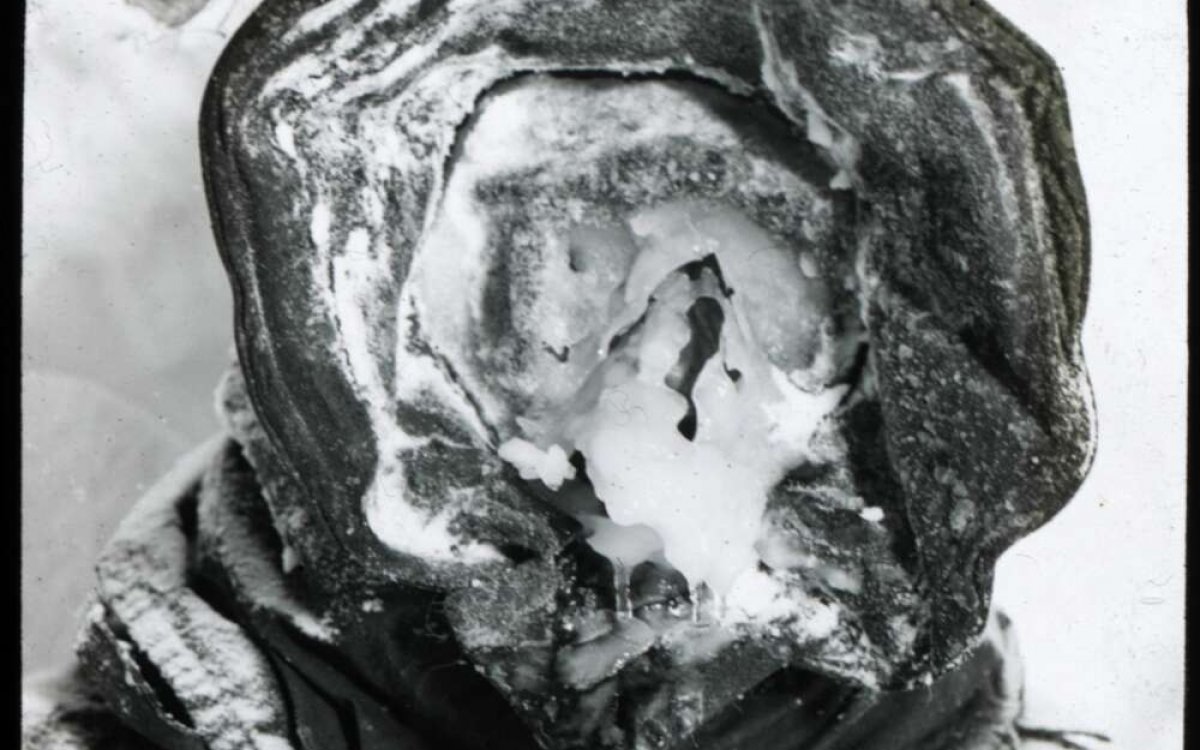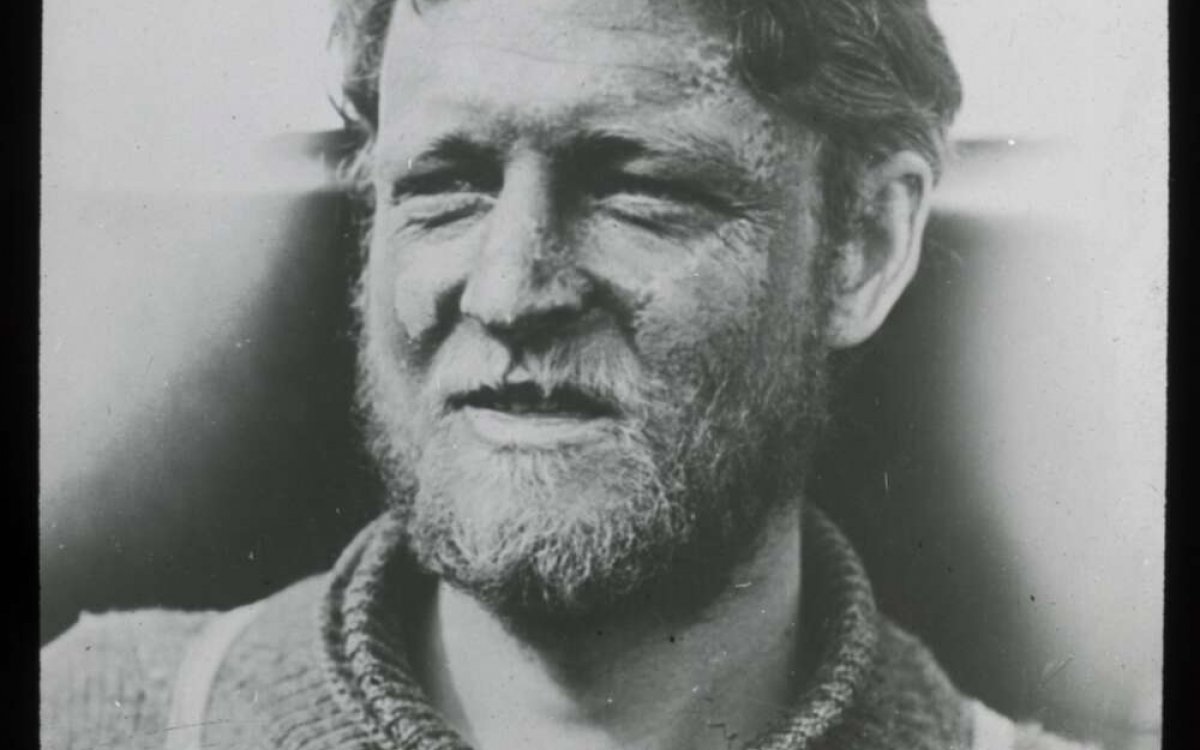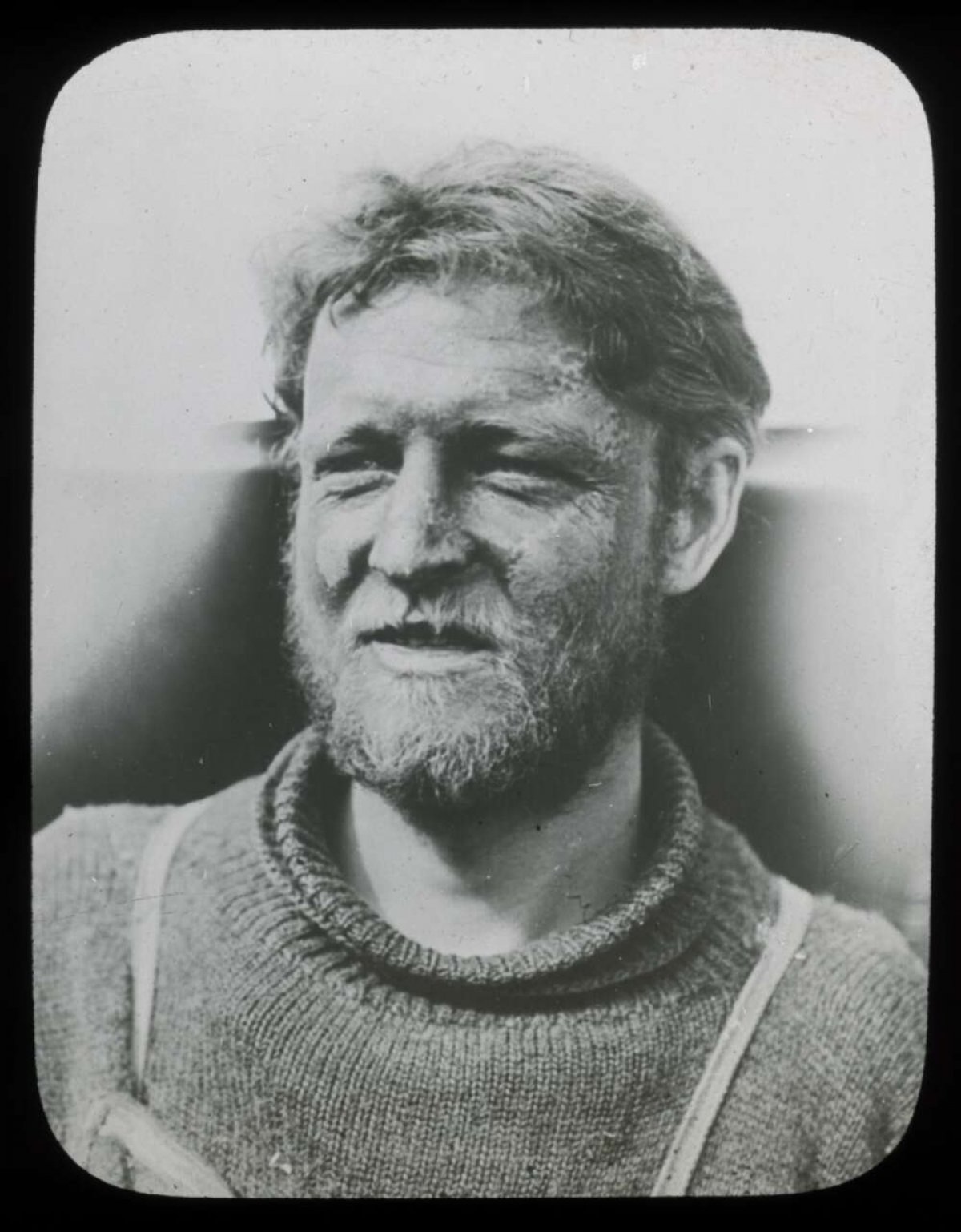
Hurley, Frank, 1885-1962. (1913). The meteorologist with an ice-mask [Australasian Antarctic Expedition, 1911-1914] [picture] / [Frank Hurley]. https://nla.gov.au/nla.obj-145063162

Hurley, Frank, 1885-1962. (1913). Madigan's frostbitten face, Adelie Land [Australasian Antarctic Expedition, 1911-1914] [picture] / [Frank Hurley]. https://nla.gov.au/nla.obj-145067660
Antarctica has been explored by meteorologists since the early 1900s. Blizzards are common there. Cecil Madigan was photographed by Frank Hurley both before and after a blizzard. Notice the build-up of ice on his mask. Adventurers and documentary photographers, such as Madigan and Hurley, helped scientists gain an understanding of the way blizzards form. When strong winds blow in freezing conditions, humans can suffocate from blown dry snow. Whiteouts create danger and the wind chill factor can make the atmosphere feel much colder than the temperature measured. Antarctic winds are sometimes described as ‘katabatic’.
Activities
Brrrr!
Have students explore how scientists work in Antarctica now. What are some modern techniques employed to measure blizzards?
Have them find out:
- the lowest recorded temperatures at the North and South poles
- why halos form from ice crystals. These can be seen as circles round the sun or moon, or as a parhelion (also known as a sundog) on either side of the sun. While these can be seen anywhere, they are most commonly seen in Antarctica. Some types of halos are only seen from Antarctica. Investigate why this is the case
- the difference between katabatic and anabatic winds.
Blown Away
Discuss how wind is created and how you can measure it (using pages 28 to 29 of Australia's Wild Weird Wonderful Weather, if you have it).
Make a windsock or a windvane for your schoolyard so that you can work out which way the wind blows where you live.
Have students find out more about the Beaufort Scale, including what each level on the scale represents. Create a poster featuring drawings and diagrams that graphically illustrate each measure on the scale.

